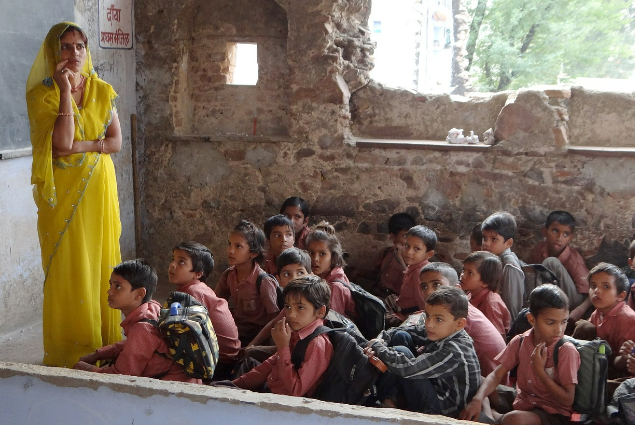
Image by Heinz Melion from Pixabay
Introduction
In the modern world, where progress and innovation abound, the lingering shadows of poverty continue to obstruct the path to education for countless children. Poverty and education form an intricate dance, influencing each other in profound ways. The consequences of poverty can create a cycle of disadvantage that persists through generations, denying young minds access to quality education and thwarting their dreams. In this article, we will explore the far-reaching impact of poverty on children's education, analyzing the root causes behind this struggle, and delving into potential solutions that can break these chains of deprivation, ensuring that every child receives a fair chance to flourish academically and in life.
The Complex Ties between Poverty and Education
Poverty extends far beyond financial scarcity, encompassing a web of social, psychological, and economic challenges that affect a child's educational journey. Families burdened by poverty often find it difficult to provide a stable home environment, leading to heightened stress, inadequate nutrition, and limited access to healthcare. These adversities intertwine, creating a daunting barrier that negatively impacts a child's capacity to learn and grow.
Additionally, children from impoverished backgrounds often attend schools struggling with underfunding, overcrowded classrooms, and outdated facilities. Insufficient resources can lead to a subpar learning environment, exacerbating the disparities in academic achievement between students from diverse socioeconomic backgrounds.
The Inexorable Cycle: How Poverty Perpetuates Educational Disadvantages
One of the most disheartening aspects of poverty's impact on education is its capacity to perpetuate an unyielding cycle of disadvantage. When children are denied access to quality education due to poverty, they are more likely to face limited opportunities as adults, unable to secure well-paying jobs. As a result, they struggle to break free from poverty's grasp, facing the same challenges when it comes to providing their own children with better educational prospects.
Understanding the Root Causes of Poverty
To address the impact of poverty on education effectively, we must probe into the root causes of poverty itself. Structural factors such as income inequality, lack of employment opportunities, and systemic discrimination play significant roles in perpetuating poverty. Additionally, limited access to quality healthcare, education, and inadequate social safety nets further contribute to the plight of marginalized communities.
Empowering Change: Strategies for Equality in Education
Despite the formidable challenges posed by poverty, there are several promising strategies that can facilitate positive change and break the chains of educational deprivation:
- Early Childhood Development Programs: Investing in early childhood development programs can significantly mitigate the adverse effects of poverty on young minds. Providing a nurturing and stimulating environment during these formative years lays a strong foundation for future learning and cognitive development.
- Equitable School Funding: Ensuring fair distribution of resources to schools in low-income communities is essential. Adequate funding can translate to smaller class sizes, improved infrastructure, and access to modern educational resources, thus enhancing the learning experience for all students.
- Empowering Educators: Recruiting and supporting well-qualified teachers in underserved areas is crucial. Offering competitive salaries, professional development opportunities, and mentorship programs can elevate teacher morale and effectiveness, leading to better student outcomes.
- Technological Integration: Bridging the digital divide is vital in the 21st century. Providing access to technology for children from low-income families opens new avenues for learning, research, and skill development.
- Comprehensive Social Support: Implementing robust social support programs, including affordable housing initiatives, access to healthcare, and nutritional assistance, can alleviate the burdens associated with poverty. A stable home life allows children to focus on their studies and excel academically.
- Community Engagement: Fostering strong connections between schools, parents, community leaders, and local organizations creates a supportive network for children. Community involvement enhances a sense of belonging and empowerment, motivating students to succeed academically.
Conclusion
The impact of poverty on children's education is a profound issue that demands urgent attention and collective effort. By comprehending the intertwined nature of poverty and education, and by delving into the root causes of poverty, we can better address the challenges at hand. Through targeted strategies such as early childhood development, equitable school funding, qualified teachers, technology access, and comprehensive social support, we can pave the way for a brighter future. Empowering every child with an equal opportunity to learn and grow not only breaks the cycle of disadvantage but also fosters a more inclusive and equitable society, one where the potential of every young mind is nurtured and realized.
